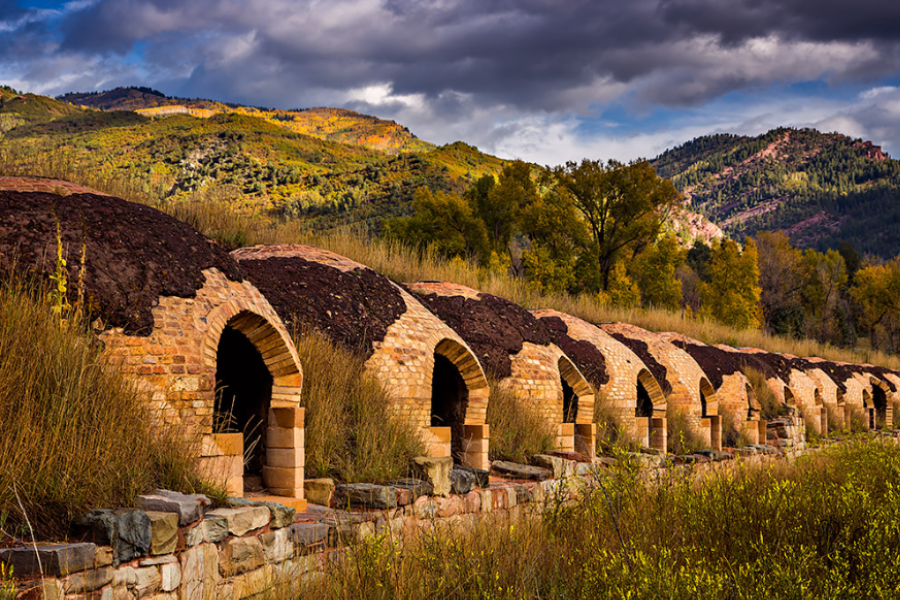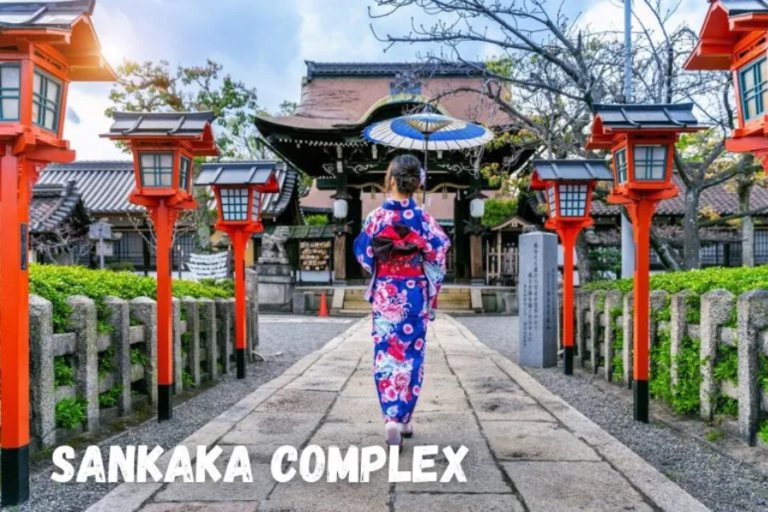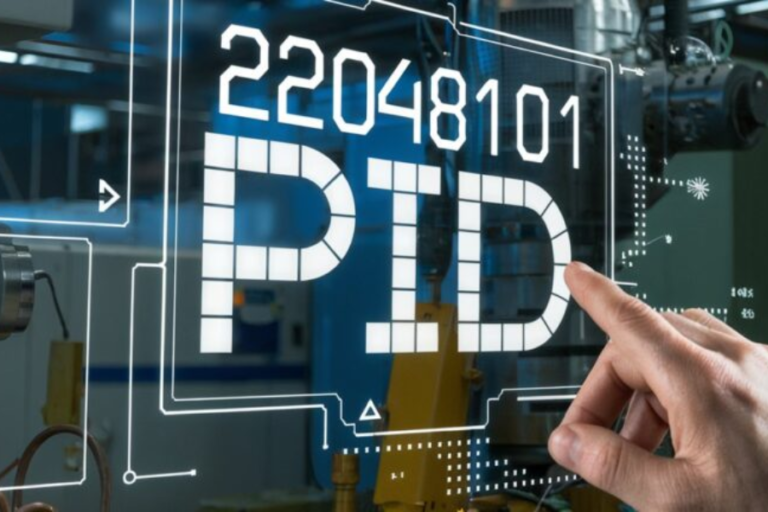From Silver to Lime: The Impact of Old Mexican Mining Ovens on Mexico’s Economy
Introduction
Mexico’s diverse landscapes are renowned for their cultural richness and stunning natural beauty, but they also hold a significant place in the history of mining. One of the lesser-known yet critical elements of this mining history is the traditional Mexican mining ovens, locally known as “hornos de cal.” These historic ovens were instrumental in Mexico’s mining industry, particularly during the colonial and early post-colonial eras. This article explores the history, design, and cultural importance of these old Mexican mining ovens, highlighting their role in shaping the country’s economic and social landscape.
Historical Background
The Emergence of Mexican Mining
Mining has been a pivotal part of Mexico’s history since ancient times, with civilizations like the Aztecs and Maya engaged in mineral extraction. However, it was during the Spanish colonial period that Mexican mining saw substantial growth. Following the Spanish conquest in the early 16th century, advanced mining techniques were introduced, spurring a vigorous quest for precious metals. The discovery of extensive silver deposits in regions such as Zacatecas and Guanajuato turned Mexico into a leading silver producer globally.
The Introduction of Mexican Mining Ovens
As the mining industry expanded, there was a growing need for efficient ore processing methods. The “hornos de cal” emerged to address this need by converting raw ore into usable materials. These ovens were crucial for producing quicklime, an essential component in the smelting process. Quicklime, or calcium oxide, was created by heating limestone in these ovens to high temperatures, which broke it down into lime and carbon dioxide.
Architectural Features
Design and Construction
Old Mexican mining ovens are distinguished by their unique architectural characteristics. Constructed from local materials such as stone or adobe, these ovens were designed to endure the intense heat required for lime production. Their design often reflected local geological conditions and available resources.
A typical mining oven features several important components:
- Chimney: A tall, narrow chimney facilitated the efficient expulsion of gases and smoke generated during lime production.
- Kiln Chamber: The main chamber, where limestone was heated, was typically cylindrical or dome-shaped to ensure uniform heating.
- Firebox: Located at the oven’s base, the firebox was where fuel, such as wood or charcoal, was burned to produce the necessary heat.
- Drafts and Vents: These features allowed for proper air circulation and temperature regulation within the oven.
Regional Variations
The design of mining ovens varied across Mexico, influenced by local resources and mining practices. In some regions, ovens were integrated into hillsides or natural rock formations to enhance insulation and heat retention. In others, more elaborate structures were built to meet the demands of larger mining operations.
The Role of Mining Ovens in the Mining Industry
Lime Production
The primary purpose of these ovens was to produce quicklime, which played a vital role in the smelting process used to extract silver and other metals from ore. Quicklime served as a flux to separate impurities from the metal and enhance the efficiency of smelting.
Economic Impact
Quicklime production was crucial to Mexico’s economic success during the colonial period. The high demand for lime extended beyond mining to construction and agriculture. The prosperity of the mining industry, supported by the efficient operation of these ovens, significantly contributed to Mexico’s economic development.
Labor and Community
Operating the mining ovens was labor-intensive, requiring skilled workers knowledgeable in lime production. Indigenous people often comprised the workforce, facing challenging working conditions. The presence of these ovens also led to the growth of mining communities, with settlements forming around major mining sites and fostering infrastructure development and local economic growth.
Cultural and Historical Significance
Legacy of Mining Ovens
The old Mexican mining ovens are more than mere industrial artifacts; they symbolize Mexico’s rich mining heritage. Many of these ovens have been preserved and are now recognized as important cultural and historical landmarks. They offer valuable insights into the technological advancements and economic practices of the past.
Preservation and Tourism
In recent years, efforts to preserve these historic structures have increased. Many mining ovens are now part of heritage sites and museums, providing visitors with a glimpse into Mexico’s mining history. These sites play a crucial role in educating the public about the historical significance of mining and the contributions of the labor force involved.
Modern Relevance
Studying old Mexican mining ovens remains relevant for contemporary industries and historical research. The traditional lime production techniques used in these ovens offer lessons that can inform modern practices and deepen our understanding of historical mining technologies.
Challenges and Future Directions
Conservation Efforts
Despite their historical importance, many old Mexican mining ovens face challenges related to conservation. Natural erosion, vandalism, and inadequate funding pose threats to these structures. Addressing these issues requires collaborative efforts from local communities, historians, and conservationists.
Promoting Awareness
Increasing awareness about the significance of these historic sites is vital for their preservation. Educational programs, community engagement, and tourism initiatives can help underscore the importance of maintaining old Mexican mining ovens and ensure their historical and cultural value is recognized by future generations.
Research and Documentation
Continued research and documentation of mining ovens enhance our understanding of their historical context and technological aspects. Archaeological studies, historical records, and oral histories provide valuable insights into the role of these ovens in Mexico’s mining industry.
Conclusion
Old Mexican mining ovens, or “hornos de cal,” stand as enduring symbols of Mexico’s rich mining heritage. These historic structures, pivotal to the colonial and early post-colonial mining industries, highlight the ingenuity and resourcefulness of past generations. Their role in producing quicklime, essential for ore processing, underscores their significance in the economic and social development of Mexico. As we move forward, preserving these ovens and increasing awareness about their historical value are crucial. They not only offer insights into historical mining practices but also remind us of the labor and communities that supported Mexico’s growth. Through continued research, conservation efforts, and educational initiatives, we can ensure that the legacy of old Mexican mining ovens remains a celebrated part of Mexico’s cultural and historical landscape.
FAQs
1. What are old Mexican mining ovens?
Old Mexican mining ovens, known as “hornos de cal,” are historical structures used for producing quicklime by heating limestone. They played a crucial role in the mining industry, particularly during the Spanish colonial period, by aiding in the smelting process of metals.
2. Why were mining ovens important in Mexico’s history?
Mining ovens were essential for producing quicklime, which was used as a flux in the smelting process to extract metals like silver from ore. This made them critical to the success of Mexico’s mining industry and contributed significantly to the country’s economic development.
3. What are the main architectural features of these ovens?
Mexican mining ovens typically feature a chimney for expelling gases, a kiln chamber for heating limestone, a firebox for burning fuel, and drafts and vents for air circulation. They were often constructed from local materials like stone or adobe to withstand high temperatures.
4. How have old Mexican mining ovens been preserved?
Many old Mexican mining ovens have been preserved as cultural and historical landmarks. Preservation efforts include incorporating them into heritage sites and museums, which helps educate the public about Mexico’s mining history and its technological advancements.
5. What challenges do old Mexican mining ovens face today?
The primary challenges include natural erosion, vandalism, and inadequate funding for conservation efforts. Addressing these issues requires the collaboration of local communities, historians, and conservationists.
6. Why is it important to study and preserve these historical ovens?
Studying and preserving old Mexican mining ovens help us understand historical mining technologies and the role of mining in Mexico’s development. They also provide educational opportunities and help maintain the cultural and historical legacy of the mining industry.
7. How can I visit or learn more about old Mexican mining ovens?
Many old Mexican mining ovens are now part of heritage sites or museums. Visiting these locations can provide a firsthand look at these historical structures. Additionally, educational programs and tourism initiatives often offer more information about their history and significance.
Stay in the know with the latest news and updates on englandtimes






